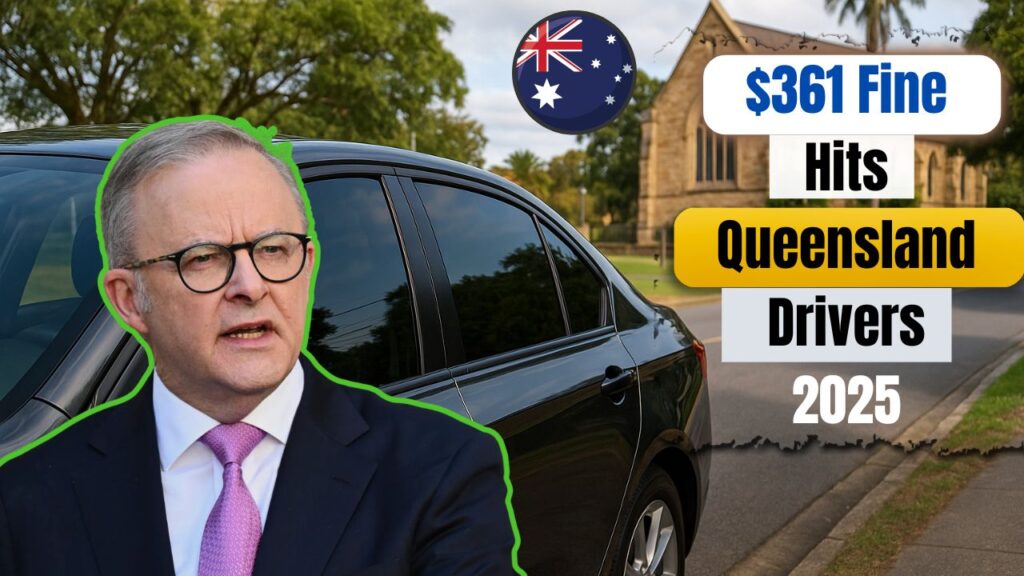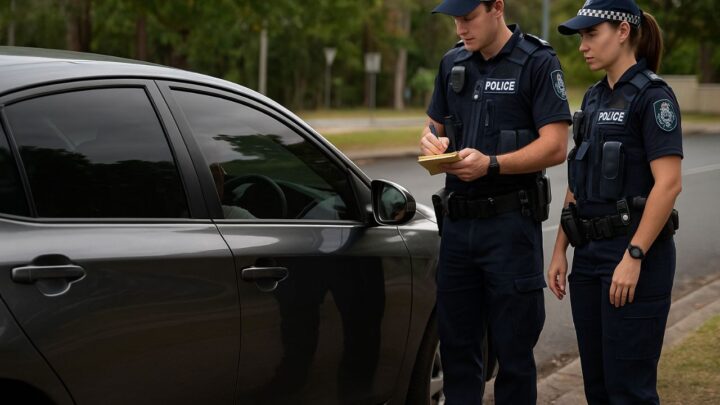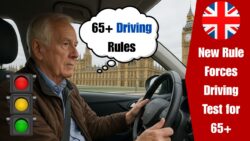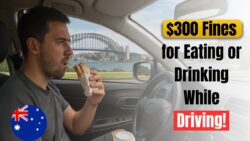Queensland authorities have introduced stricter enforcement on dark window tints in vehicles, imposing a fine of $361 for violations. This move aims to improve road safety and ensure compliance with visibility standards set by the Queensland Department of Transport and Main Roads. Drivers found exceeding the permitted tint darkness level (known as VLT – Visible Light Transmission) can face penalties and possible defect notices. Understanding these tinting laws, measurement criteria, and the process for compliance is essential for all vehicle owners across Queensland in 2025.

Queensland Vehicle Tinting Laws and Penalties Explained
In Queensland, window tint laws regulate how much light must pass through car windows. The front side windows must allow at least 35% light transmission, while rear and back windows can have darker tints up to 20%. If a car’s tint is darker than these limits, it becomes illegal. The $361 fine is applied for each breach, and repeat offenders might face additional penalties. Authorities use specialized tint meters during inspections to measure the VLT percentage accurately, ensuring fair and transparent enforcement across the state.
Why Queensland Enforces Strict Tint Rules for Drivers
The primary reason behind Queensland’s dark tint restrictions is safety. Overly dark tints can reduce visibility, especially at night or during rainy conditions, increasing the likelihood of accidents. It also makes it difficult for police officers to see inside vehicles, posing a risk during traffic stops. By maintaining specific tint levels, the Queensland Government ensures that both driver safety and law enforcement visibility are preserved. These regulations also align with Australia’s national road safety framework to create a consistent and safe driving environment.
How to Check and Stay Compliant with Queensland Tint Laws
Drivers can easily check whether their window tints comply using a simple tint meter or by consulting an authorized tinting professional. If your vehicle exceeds the allowed darkness levels, you should consider replacing the film immediately to avoid fines. Compliance certificates from registered installers can also help during police checks. The Queensland Department of Transport recommends keeping all installation documents handy, especially for modified or imported vehicles, as these are often subject to extra scrutiny under state inspection programs.

Approved Tint Levels and Fines in Queensland (2025 Update)
The table below shows the legal tint levels and corresponding penalties for non-compliance in Queensland as of 2025. These limits are regularly updated to align with national safety and visibility standards.
| Window Type | Minimum Light Transmission (VLT%) | Allowed Tint Reflection (%) | Penalty for Violation | Remarks |
|---|---|---|---|---|
| Front Windshield | 70% | 10% | $361 Fine | Only top sun strip allowed |
| Front Side Windows | 35% | 10% | $361 Fine | Must allow clear driver visibility |
| Rear Side Windows | 20% | 20% | $361 Fine | Rear tint can be darker |
| Rear Windshield | 20% | 20% | $361 Fine | Requires two side mirrors |
| Mirror Tint or Reflective Film | Not Allowed | – | $361 Fine + Defect Notice | Completely banned under Queensland law |
FAQs on Queensland Window Tint Fines and Rules 2025
Q1: What is the legal tint limit in Queensland?
Front windows must allow at least 35% light through.
Q2: Can I use mirror tints in Queensland?
No, mirror or reflective tints are strictly prohibited.
Q3: How much is the fine for illegal tints?
The penalty is $361 per violation as of 2025.
Q4: Do police measure tint on the spot?
Yes, officers use tint meters to check VLT percentage during stops.





